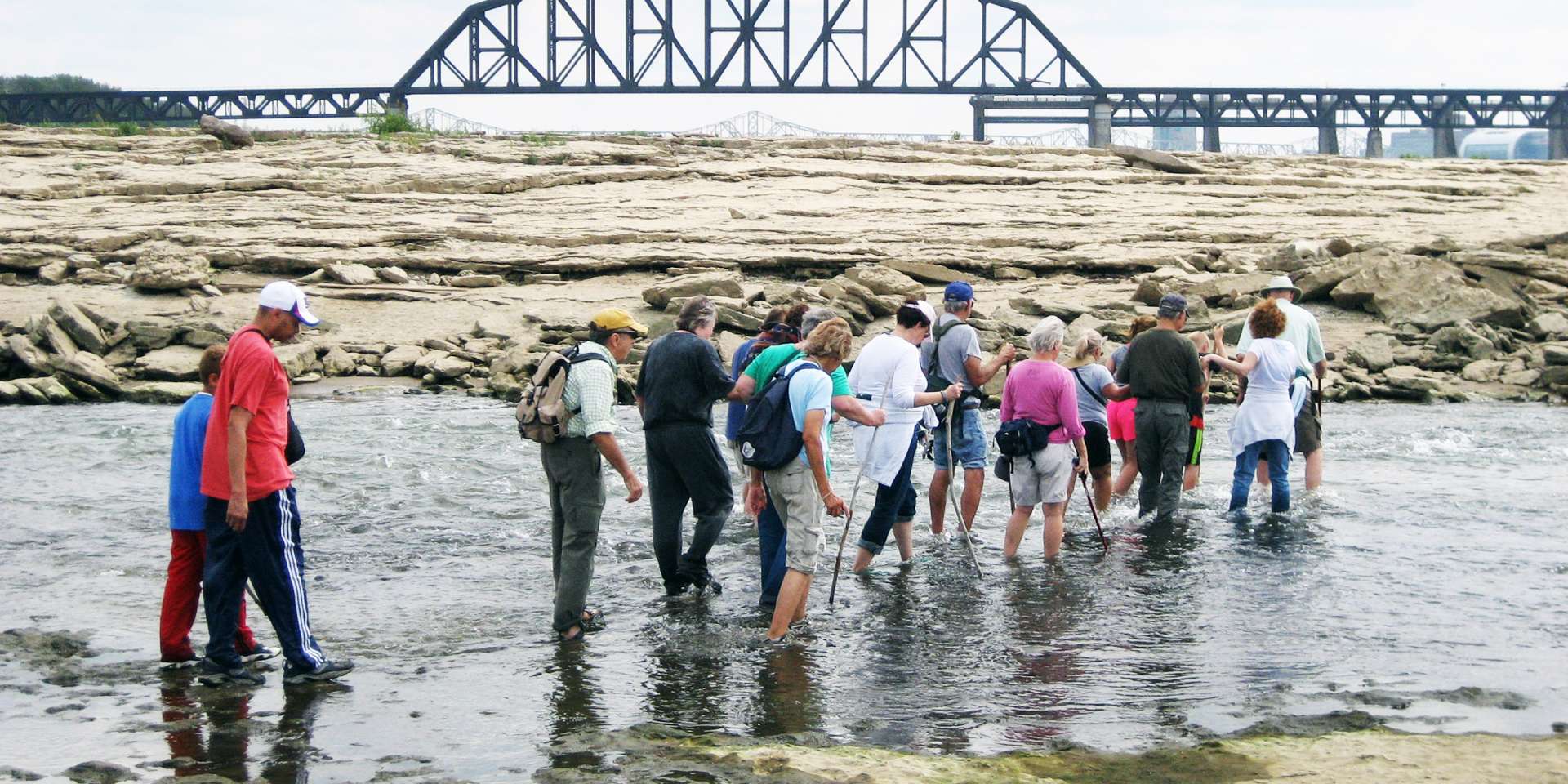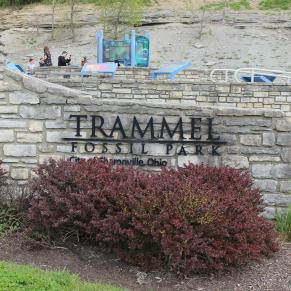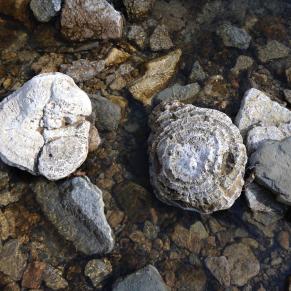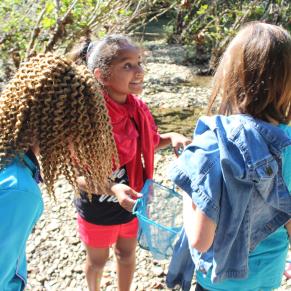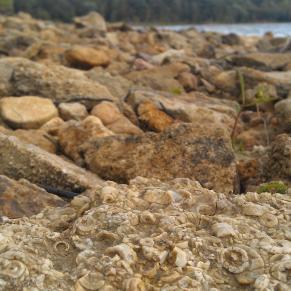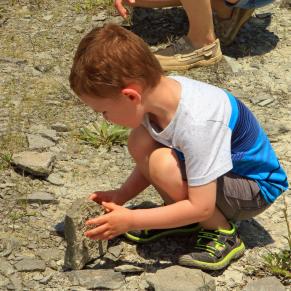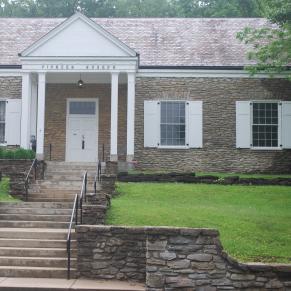Ohio Valley Fossil Trail
You don’t have to be a paleontologist to discover fossils along the Ohio Valley Fossil Trail. All it takes is curiosity! Explore the ancient remains of species from the Paleozoic era to the Ice Ages who roamed the earth over 300-million-years-ago. The Ohio Valley Fossil Trail is a partnership of a dozen parks, museums, and other regional sites where fossils can be seen and touched across Kentucky, Ohio, and Indiana. Plan a trip to Caesar Creek Lake in Ohio to see Ordovician bedrock, the Parklands of Floyds Fork in Kentucky for 450-million-year-old limestone and sandstone deposits, or the Falls of the Ohio State Park in Indiana to walk on 390-million-year-old Devonian Fossil beds.
Subscribe to our newsletter to receive insider tips on special events, special offers, what's new, restaurants, shops, and attractions.
Click on a location below for more information to begin your prehistoric discoveries!
Trammel Fossil Park
Ten-acre park located in Sharonville, Ohio. Fossils originating from the Ordovician Period dating over 440 million years ago are readily found at the site. The collecting of fossils is allowed at this park.
Cincinnati Museum Center
One-of-a-kind, multi-museum complex housed in Union Terminal, a historic Art Deco train station and National Historic Landmark. The collection encompasses more than 1.8 million specimens, artifacts, artworks and archives which are incorporated into our exhibitions.
Clifty Falls State Park
Home to four waterfalls that change moods with the weather and the seasons and can range from roaring plunges to delicate bridal-veil mists to gleaming frozen titans. The park’s 425-million-year-old shale and limestone rocks are among the oldest bedrocks in Indiana.
Big Bone Lick
The birthplace of American vertebrate paleontology. Experience mega mammals from the Pleistocene (Ice Age) through the museum, discovery trail, and interpretive programs. Although the American mastodon and Harlan’s ground sloth are extinct, their bones remain.
The Parklands of Floyds Fork
The Parklands is a systemic, world-class addition to Louisville’s parks system that includes four major parks. Limestone, shales, and sandstones deposited 300-450 million years ago in the Paleozoic era pressed into the rocks that form Floyds Fork.
Indiana Caverns
Indiana Caverns offers tours in the Midwest’s longest cave and features an underground boat ride, ice age fossils and a variety of experiences in a 30- or 90-minute tour.
Monroe Lake
Monroe Lake is an Indiana State Park located southeast of Bloomington, Indiana. An impressive crinoid bioherm is exposed on the peninsula of Allen’s Creek State Recreation Area and geodes are exposed at multiple locations around the lake property.
Charlestown State Park
Once a largely undeveloped portion of the huge (15,000-acre) Indiana Army Ammunition plant, Charlestown State Park is in southern Indiana. This park offers hiking the rugged terrain where you will see Devonian fossil outcrops.
Caesar Creek Lake
Located in southwest Ohio, this 2,830-acre lake provides flood reduction, Ordovician bedrock, and a whole lot more. The region offers opportunities to enjoy wildlife and other recreation in the great outdoors.
Taylorsville Lake
This lake is located on the Salt River which is 18 miles long and extends into portions of Spencer, Nelson and Anderson Counties of Kentucky. There are boat ramps, campground, and several multi-use trails to explore. Ordovician fossils including crinoids can be found.
Falls of the Ohio State Park
Located on the banks of the Ohio River in Clarksville, Indiana is the Falls of the Ohio State Park. The 390-million-year-old fossil beds are among the largest exposed Devonian fossil beds in the world. The park also features a spectacular interpretive center.
Blue Lick Battlefield SP
Site of a mineral spring which has attracted humans and animals from prehistoric times to the present. The museum exhibits and artifacts pre-historic animals and fossils from the Pleistocene era. The battle of Blue Licks took place during the Revolutionary War.


